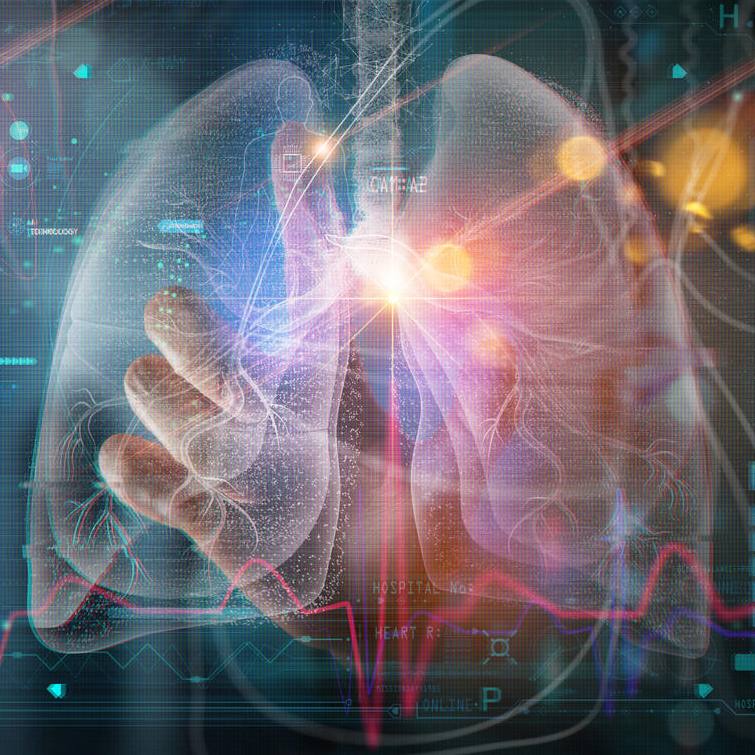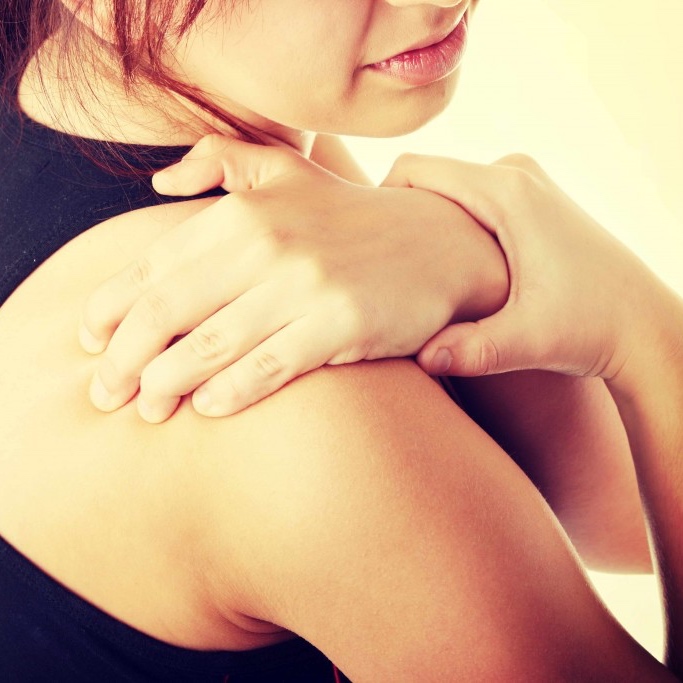
For many women, breast pain resolves on its own over time and you may not need any treatment. However, while there is little research to show the effectiveness of these self-care remedies, some may be worth a try:
- Use hot or cold compresses on your breasts.
- Wear a firm support bra, fitted by a professional if possible.
- Wear a sports bra during exercise, especially when your breasts may be more sensitive.
- Experiment with relaxation therapy, which can help control the high levels of anxiety associated with severe breast pain.
- Limit or eliminate caffeine, a dietary change some women find helpful, although medical studies of caffeine's effect on breast pain and other premenstrual symptoms have been inconclusive.
- Follow a low-fat diet and eat more complex carbohydrates, a strategy that's helped some women with breast pain in observational studies.
- Consider using an over-the-counter pain reliever, such as acetaminophen (Tylenol, others) or ibuprofen (Advil, Motrin IB, others) — but ask your doctor how much to take, as long-term use may increase your risk of liver problems and other side effects.
- Keep a journal, noting when you experience breast pain and other symptoms, to determine if your pain is cyclic or noncyclic.
Alternative medicine
Vitamins and dietary supplements may lessen breast pain symptoms and severity for some women. Ask your doctor if one of these might help you — and ask about doses and any possible side effects:
- Evening primrose oil. This supplement may change the balance of fatty acids in your cells, which may reduce breast pain.
- Vitamin E. Early studies showed a possible beneficial effect of vitamin E on breast pain in premenstrual women who experience breast pain that fluctuates during the menstrual cycle. In one study, 200 IU of vitamin E taken twice daily for two months improved symptoms in women with cyclic breast pain. There was no additional benefit after four months.For adults older than 18 years, pregnant women, and breastfeeding women, the maximum dose of vitamin E is 1,000 milligrams daily (or 1,500 IU).
If you try a supplement for breast pain, stop taking it if you don't notice any improvement in your breast pain after a few months. Try just one supplement at a time so that you can clearly determine which one helps alleviate the pain — or not.
If you do require treatment, your doctor might recommend that you:
- Eliminate an underlying cause or aggravating factor. This may involve a simple adjustment, such as wearing a bra with extra support.
- Use a topical nonsteroidal anti-inflammatory (NSAID) medication. You may need to use NSAIDs when your pain is intense. Your doctor may recommend you apply an NSAID cream directly to the area where you feel pain.
- Adjust birth control pills. If you take birth control pills, skipping the pill-free week or switching birth control methods may help breast pain symptoms. But don't try this without your doctor's advice.
- Reduce the dose of menopausal hormone therapy. You might consider lowering the dose of menopausal hormone therapy or stopping it entirely.
- Take a prescription medication. Danazol is the only prescription medication approved by the Food and Drug Administration for treating breast pain and tenderness. However, danazol carries the risk of potentially severe side effects, such as acne, weight gain and voice changes, which limit its use. Tamoxifen, a prescription medication for breast cancer treatment and prevention, may be recommended for some women, but this drug also carries the potential for side effects that may be more bothersome than the breast pain itself.







